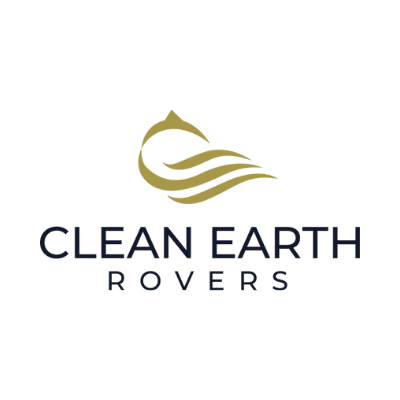Here at Blues Wireless, part of our company ethos is “IoT for Good”. We are proud that we can enable good people to do good things with our technology. One thing we can all agree on is the need for clean water. We recently had a chance to speak with Michael Arens, the Founder and CEO of Clean Earth Rovers about their solutions for coastal waterways.
The Roomba® of the Ocean
In a public speaking class in high school, Michael Arens heard a presentation on ocean plastics and the havoc it wreaks on aquatic ecosystems. He became obsessed with how to solve the growing problem.
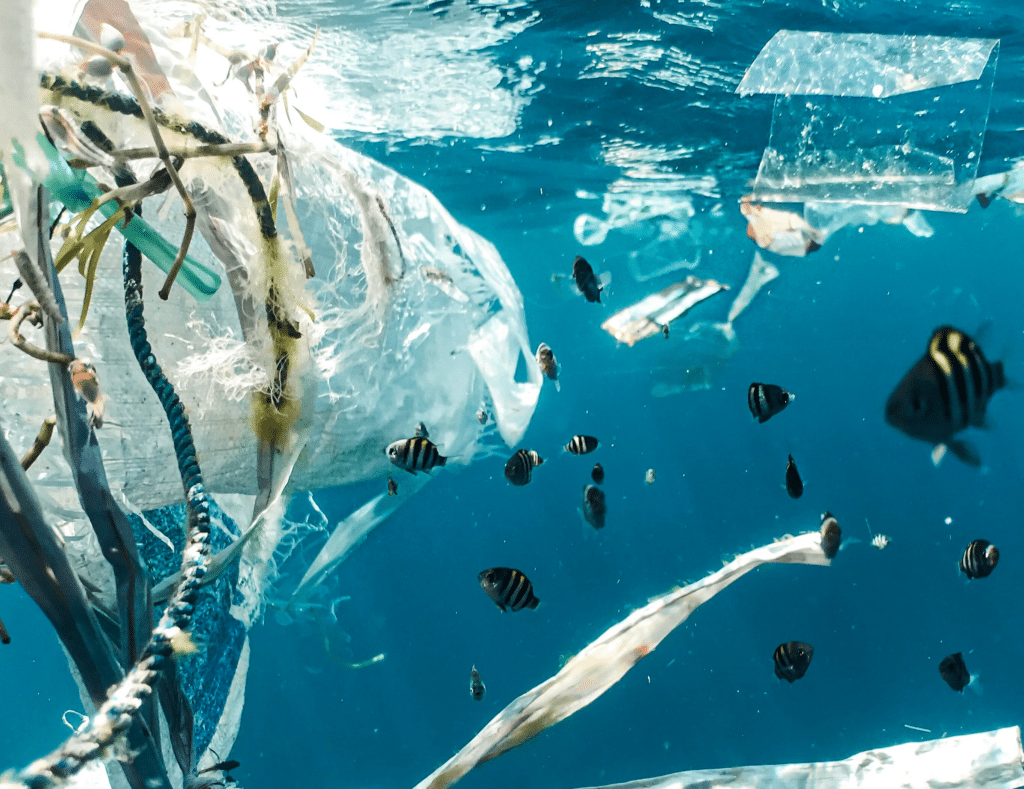
Michael teamed up with David Constantine, and their first idea was to design a massive vessel that could clean up tons of trash daily, but they faced too many roadblocks when it came to bringing that to market. Unwilling to give up, they started talking to marinas and other businesses who are impacted by pollutants, and quickly discovered that there was interest in finding solutions. With Jonathan Rosales spearheading device engineering, they scaled down their original concept to be small enough to deploy in marinas, and thus Clean Earth Rovers was born. The design that is being deployed today is called the Plastics Piranha, and what their team playfully refers to as the Roomba® of the ocean.
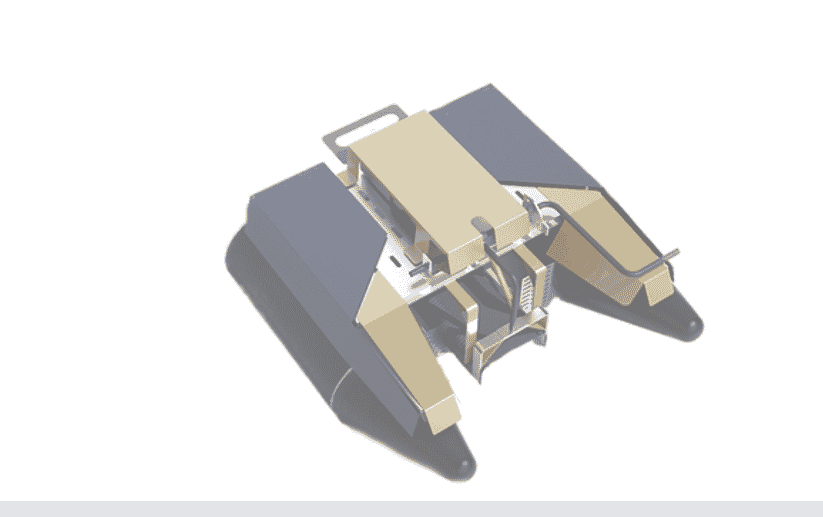
Marinas and others maintaining water hygiene with the Plastics Piranha can program the area(s) for the rover to clean. Just like a robot vacuum, it operates within defined parameters then returns home or moves to the next area. It works in both saltwater and freshwater applications to clean up physical debris and chemical pollutants in the water.
In conversations with owners and key stakeholders at marinas, Michael and his team noticed that the desire for access to water quality data was a common topic. While we have many organizations focused on air quality metrics, the infrastructure for water quality data is notoriously missing.
Discovering an IoT Solution for Water Quality Data
Recognizing the value of understanding water health, they went to the internet to search for cellular IoT solutions that not only allowed for remote operations but also supported the many sensors needed for collecting water quality data. The initial solutions they found had pricing models that were out of scope with what they’d be using, so they turned to DIY blogs to find tested IoT solutions. That’s when they discovered Blues Wireless.
Clean Earth Rovers’ main considerations for their IoT solution were:
- Simplified, bi-directional connectivity (transfer of data from device to the cloud and back to the device)
- Intermittent connectivity and power consciousness
- Solar power capabilities
- Pricing that allowed them to scale at their own pace
- Supported their preferred MCU (Raspberry Pi Pico)
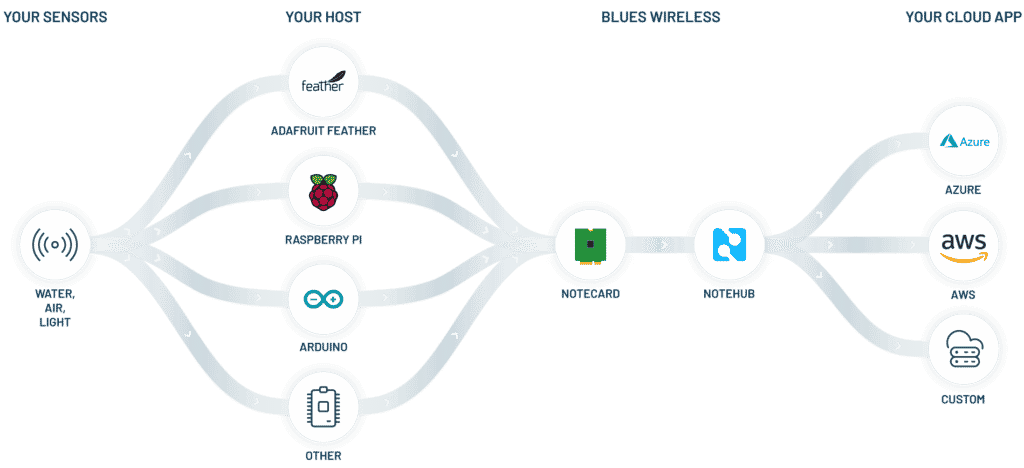
Blues Wireless checked all their required boxes, simplifying the connectivity but allowing them to customize components for the device build and data visualization.
Once they had their rovers deployed with the technology, they also found it easy to post-process data without having to hard-code anything into the device. They can send raw data from device to Notehub (the Blues Wireless thin cloud layer for data routing), then transform it in Notehub using JSONata transformer before sending to their cloud application. For their team it is easier than writing firmware or figuring out how to do OTA updates.
Tracking Water Quality Data
Powered by Blues Wireless, the team at Clean Earth Rovers enabled their devices to collect both trash and water quality data. Customers have the option to use the feature or not, but all deployed devices will collect data to build the missing infrastructure.
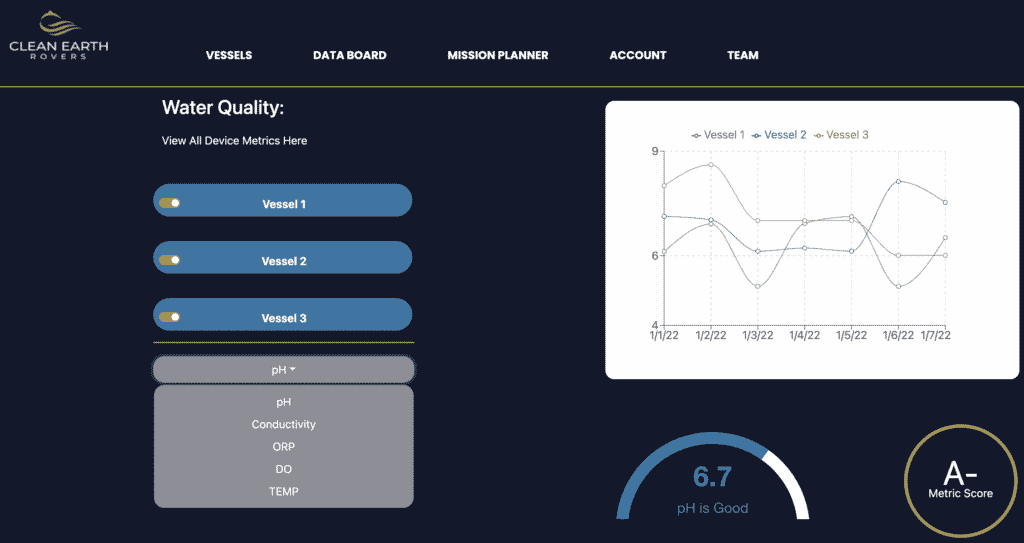
The rover will track metrics including:
- pH
- Conductivity/TDS
- Oxidation-Reduction Potential (ORP)
- Dissolved Oxygen (DO)
- Temperature
Metrics can be tracked by device and data will be aggregated into a water quality grade score.
Learn More About Clean Earth Rovers
The Plastics Piranha is being field tested under real-world conditions through the Cleveland Water Alliance’s testbed program. To learn more about Clean Earth Rovers, the issues facing our aquatic environment, and how you can help by joining the pilot program, visit cleanearthrovers.com.

